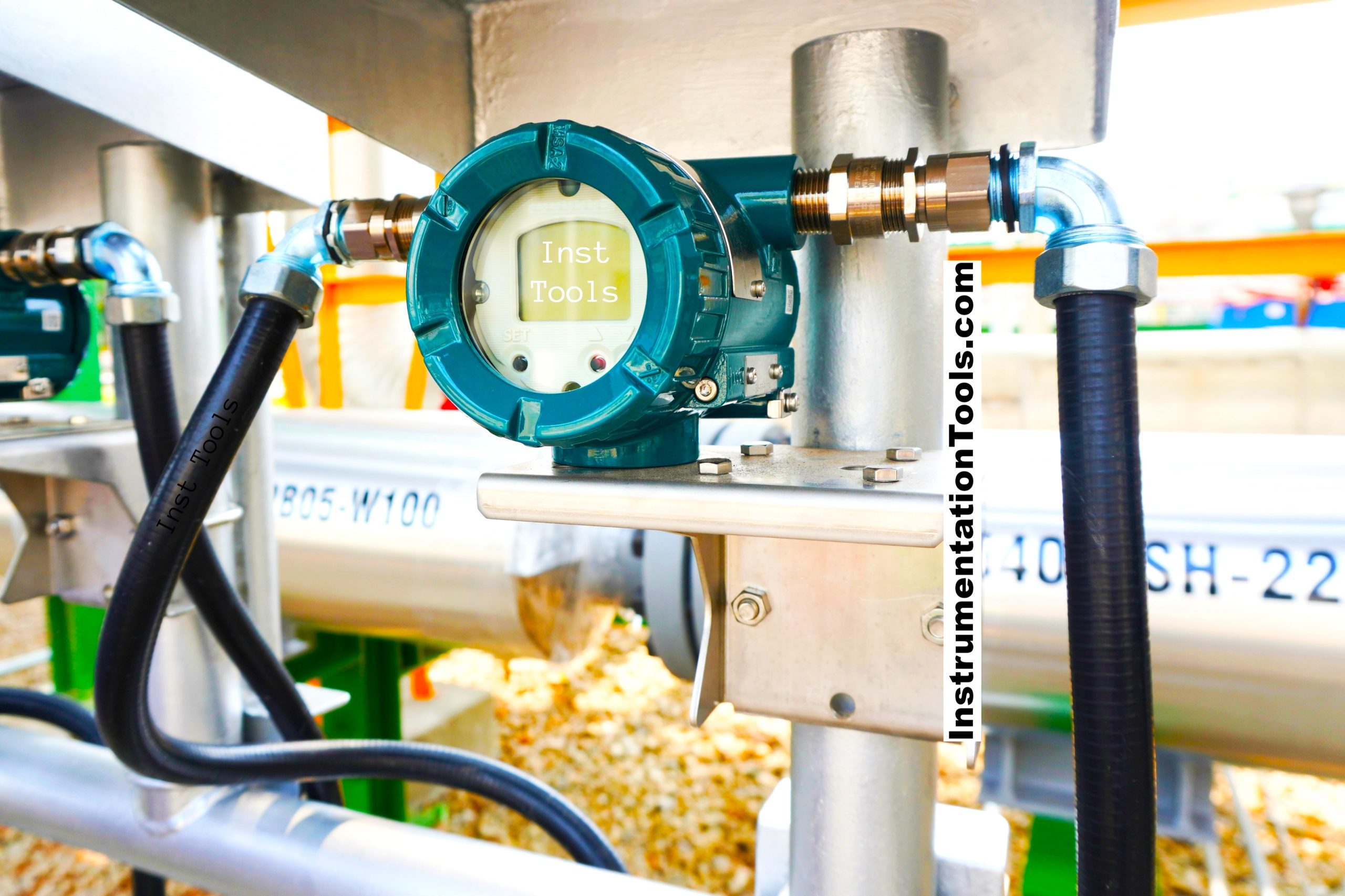The temperature sensors come in various types, each with its own set of characteristics suitable for specific applications.

Here we compared the popular temperature sensors in the below table. let’s have a look at it.
| Parameter | Thermocouple | RTD (Resistance Temperature Detector) | Thermistor | Infrared | Bimetallic Strip | Semiconductor (IC) | Fiber Optic |
|---|---|---|---|---|---|---|---|
| Principle of Operation | Seebeck effect | Resistance varies with temperature | Resistance varies exponentially with temperature | Emission of infrared radiation | Mechanical bending due to thermal expansion | Bandgap of semiconductor varies with temperature | Light wavelength changes with temperature |
| Temperature Range | Wide (-200 to 2300°C) | Moderate (-200 to 850°C) | Limited (-100 to 300°C) | Wide (-50 to 1000°C) | Limited (-30 to 120°C) | Moderate (-55 to 150°C) | Wide (-200 to 800°C) |
| Accuracy | Moderate | High | Moderate to High | Moderate | Low to Moderate | Moderate to High | High |
| Response Time | Fast | Moderate | Fast | Fast | Slow | Fast | Fast |
| Sensitivity | Low | Moderate | High | Moderate | Low | Moderate | High |
| Cost | Low | High | Low | Moderate to High | Low | Moderate | High |
| Linearity | Non-linear | Linear | Non-linear | Non-linear | Non-linear | Linear | Linear |
| Self-heating | Low | Moderate | High | None | None | Moderate | None |
| Ease of Installation | Easy | Moderate | Easy | Moderate | Easy | Moderate | Moderate |
| Safety Aspects | Generally Safe | Generally Safe | Generally Safe | Limited (eye safety) | Generally Safe | Generally Safe | Generally Safe |
Here’s a brief explanation of the terms used:
If you liked this article, then please subscribe to our YouTube Channel for Instrumentation, Electrical, PLC, and SCADA video tutorials.
You can also follow us on Facebook and Twitter to receive daily updates.
Read Next:
The PLC panel and MCC panel interface signals are start, stop, run feedback, trip, local…
In this article, we are going to discuss about shutter door control using induction motor…
Electrical Drives control the motion of electric motors. Motion control is required in industrial and…
PLC ladder logic design to control 3 motors with toggle switch and explain the program…
VFD simulator download: Master the online tool from the Yaskawa V1000 & programming software for…
The conveyor sorting machine is widely used in the packing industries using the PLC program…